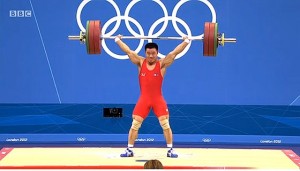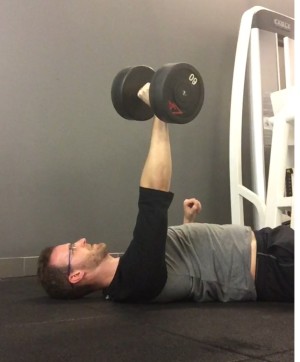This is a collaborative post with Marissa Joseph, CSCS, PN1 – www.workinglines.org
Dancers and weight lifters should sit down and compare notes. Though they may think there is not much to talk about, they would be surprised at what they find. Each athlete excels in certain atheltic traits and their strengths compliment one another. Each can each learn from the other to improve their respective performances.
Weight lifters focus their attention on strength. As such, the goal is to improve the performance of muscles through neuro-muscular and physical adaptations. Muscles become more effecient and larger allowing the athlete to move more weight. What they often neglect is the performance of the joint. As muscles continuously work tightness and decreased range of motion can set in. While for many weight lifters this might seem like a worthwhile trade-off, it is self defeating because it actually leads to a decrease in strength. When joints are not able to move into optimal allignment, the body finds itself at mechanical disadvantages. As an example, if shoulder mobility is limited and the athlete is unable to press a weight directly overhead but rather leaves it slightly towards the front of the body, the anterior delt will have to do more work to keep the weight from falling. Being a relatively small muscle, this translates into a big loss in strength potential.
Dancers, on the other hand, suffer from the opposite problem. They are called upon to be able to contort their bodies in extreme positions that demand excessive amounts of flexibility. A good dancer is one that can hold her leg next to her ear. Though this flexibility is aesthetically very beautiful, it can also put the dancer at risk of compromising joint structure. Dancers have to worry about join integrity and the strength necessary to control their movement. When a dancer stretches a joint beyond normal range of motion, the external components of the joint, such as ligaments and tendons are forcefully stretched and the internal components of the joint such as bursa and labrum can become impinged or torn. If this happens repeatedly, joint structure can become permanently damaged. This can lead to the dislocation of joints. If a dancer is able to control his or her flexibility, however, they are at a greater mechanical advantage than the average weight lifter.
The funny thing is that both dancers and weight lifters would probably consider themselves worlds apart from each other. The reality is that the demands of each activity can be very similar.
These pictures illustrate both strength and flexibilty combined into a practical application. With their bodies alligned, the muscles are able to work at the most advantageous position, bringing out the maximum strength. Many dancers have a ways to go when it comes to stability and weight lifters generally need to make room for their joints to move. With the right combination of both of these skills, beautiful things can happen.



